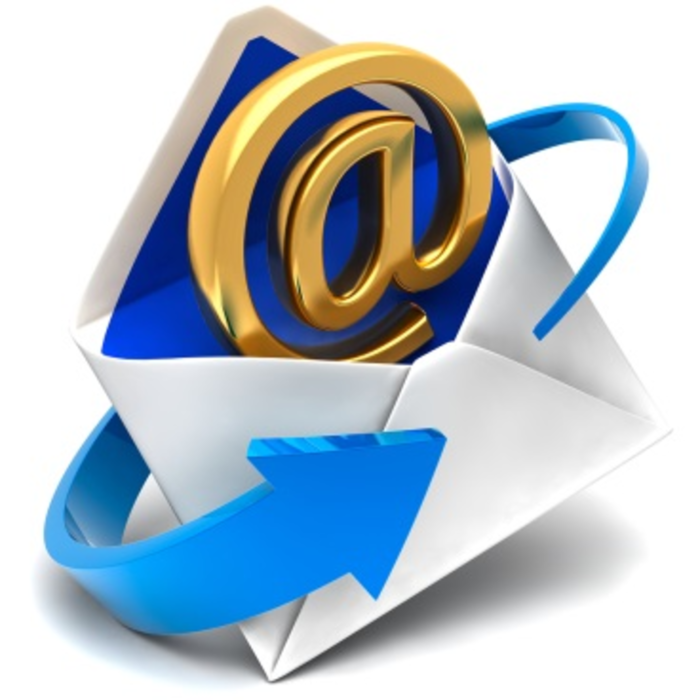Emails without intel don’t do much good for marketers who want to craft relevant campaigns. About 40% of marketers say sending compelling content is the most effective email strategy. Another 11% cite segmentation, and an additional 10% point to personalization, according to Ascend2. But to apply any of these strategies, marketers need to know the person behind an email address. And for many marketers, that task can prove to be challenging.
“[For] a complete picture of a subscriber, marketers have to look at a digital mosaic, comprised of all [customer] interactions—both with your brand and others,” says Tom Sather, senior director of email research at Return Path. “We’re in the age of data. So use that data to help paint a full picture of your customer.” He says, ultimately, this holistic view will help marketers craft targeted, more effective campaigns. Sather, and Silverpop product strategist, Dave Walters, share four ways marketers can get a 360-view of their email subscribers.
Use competitive intelligence
Sather suggests that marketers look outside of their own data—and focus on that of their competitors. He says marketers should track their email subscribers’ purchases of similar brands and products. Then create campaigns around those interests. “This data can help paint that full picture,” Sather says. “[Marketers] can look at this competitive intelligence and note what else [customers] are purchasing from competitors; [they can] see what other email lists customers subscribe to. That gives a good idea of what’s resonating.”
Track customer behaviors
Silverpop’s Walters says that what customers say—compared to what they do—can vary immensely when deciding to buy. “When [marketers] ask people what customers want and then compare that to what they do it can be radically different,” he says. “Marketers are left confused.” He encourages marketers to look at behaviors and market towards those actions. “For example, if a woman is buying clothes for her husband, she’s purchasing men’s clothes,” he continues. “In this case we would want to market towards the behavior [of buying men’s clothing] versus stated preferences about women’s clothing or demographics, such as gender.”
Monitor subscriber engagement
Sather says engagement—whether positive or negative—can revel what’s important to customers. He adds that opens, purchases, complaints, opt-outs—even an opt-out of competitor emails—show marketers what’s working and what’s not. “It’s a warning flag when subscribers interact more with another brand,” Sather says. “Conversely, if you share the same subscribers, and another brand is doing poorly, you’ll know what not to do.”
Set goals at the start
One of the best ways to get to know your email subscriber is to identify what you’d like to know, Walters says. “Marketers often struggle in the first ask for information,” he explains. “Many times they ask for too much or too little.” He says by setting goals, marketers can encourage subscribers to volunteer more revealing information. “We [as marketers] don’t have an inalienable right to know everything about everyone,” Walters says. “But creating great content or building a community can help marketers meet goals and encourage people to volunteer the right information.”








